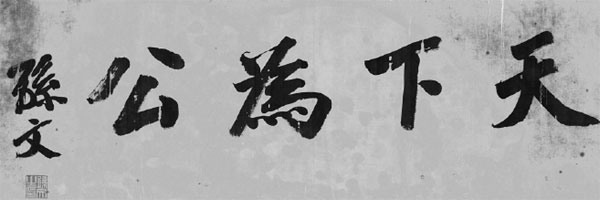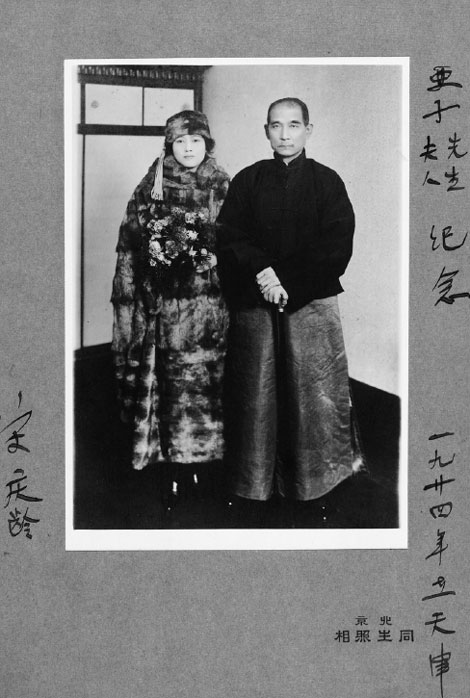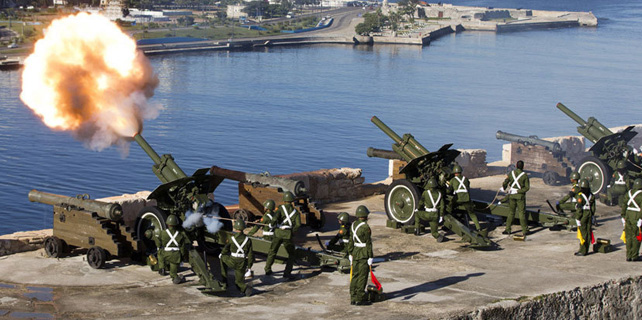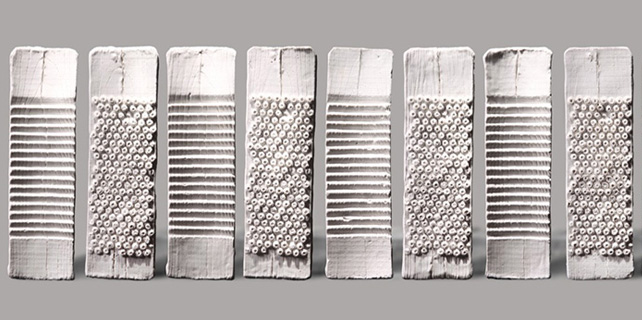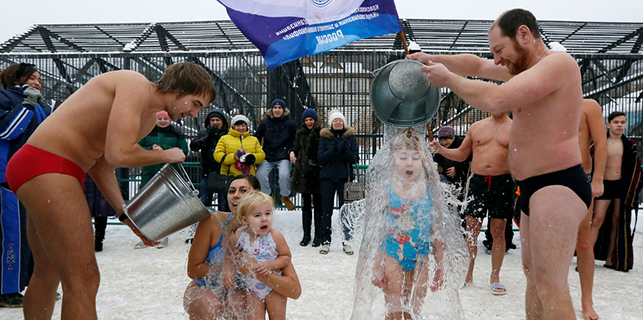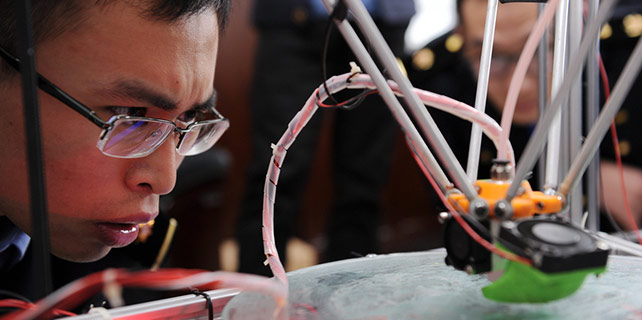Vows of trust
A copy of a personal undertaking signed in Tokyo by Sun Yat-sen and his wife, Soong Ching-ling, is at the center of an ongoing Beijing exhibition. Lin Qi reports.
The day after they registered their marriage in Tokyo on Oct 25, 1915, the great revolutionary Sun Yat-sen who died in 1925, and the late Soong Ching-ling signed a pledge.
In the document written in Japanese at a lawyer friend's house, they promised to complete the Chinese legal procedure for marriage as soon as possible, try to keep each other happy and raise no objection to legal or social punishment for violating the pledge.
Despite a 27-year gap in age between them and strong opposition from Soong's family and Sun's fellow revolutionaries, the wedding took place.
|
Tian Xia Wei Gong ("what's under the heaven is for all") is one of Sun Yat-sen's most famous calligraphic works. |
|
A copy of a photo of Sun Yat-sen and Soong Ching Ling taken in Kobe in 1924 is one of the rare exhibits on display at the National Museum of China. Photos Provided to China Daily |
Sun, who had a divorce before he married Soong, said that he wouldn't regret it even if he died the day after he married her. And, she in turn said nothing would bring her greater happiness than accepting his proposal. She believed it was also a way to dedicate herself to the Chinese revolutionary cause.
The pledge was made in three copies, with the couple keeping two. But the copies in their possession got lost when Soong had to leave Shanghai before it was occupied by the invading Japanese troops in 1937.
Four decades later, a said copy of the document was found in the collection of National Museum of China, which was then called the Museum of Chinese Revolutionary History. It was presented to Soong who confirmed its authenticity and signed her name in endorsement. She also wrote, "It is the real one."
The copy, together with Soong's written authentication on a separate piece of paper, is being shown at an exhibition commemorating the 150th anniversary of Sun's birth, at the National Museum of China in Beijing. It is displayed with many photos of the couple, such as their famous wedding photo taken by a Tokyo studio and their last photo together at a Kobe hotel on Nov 24, 1924.
The display is a "testimony to their bond as loving and revolutionary partners" and it realizes Soong's long-cherished wish, says Li Liang, a curator at the museum.
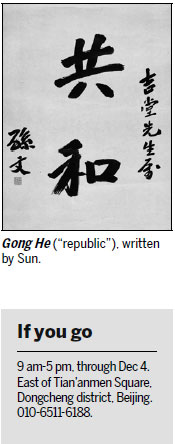
The exhibition, titled The Whole World as One Community, shows more than 300 documents, photos and relics from the museum's collection that reviews Sun's contribution to the revolution.
Lyu Zhangshen, the museum director, says 72 of the exhibits, including the vow, are on show for the first time.
Sun was an avid calligrapher who passionately expressed his thoughts with strokes of ink.
After the Republic of China (1912-49) was founded, he became its first president but suffered many setbacks, with his life often under risk. He wrote calligraphy works to encourage both himself and his supporters.
The contents frequently seen in Sun's calligraphy are Tian Xia Wei Gong ("what's under the heaven is for all") and Bo Ai ("universal love"), which are also on show at the current exhibition.
Sun wrote a calligraphic piece of Bo Ai for Mei Pei, a Cantonese who migrated to the United States around 1900.
When Sun was in the US seeking support to overthrow the Qing Dynasty (1644-1911), he often dined at Mei's restaurant and communicated with him revolutionary ideas. Mei became one of his important followers in the US and a financial supporter.
Mei died in Hong Kong in 1940. The writing was with his family until 1981 and then donated to the National Museum of China.
"Sun's kaishu (regular script) reveals his broader vision and heroic spirit, while his xingshu (running script) presents an elegant and refreshing side of his personality," says Wang Yujie, a curator at the museum.
Contact the writer at linqi@chinadaily.com.cn
(China Daily USA 11/29/2016 page10)







